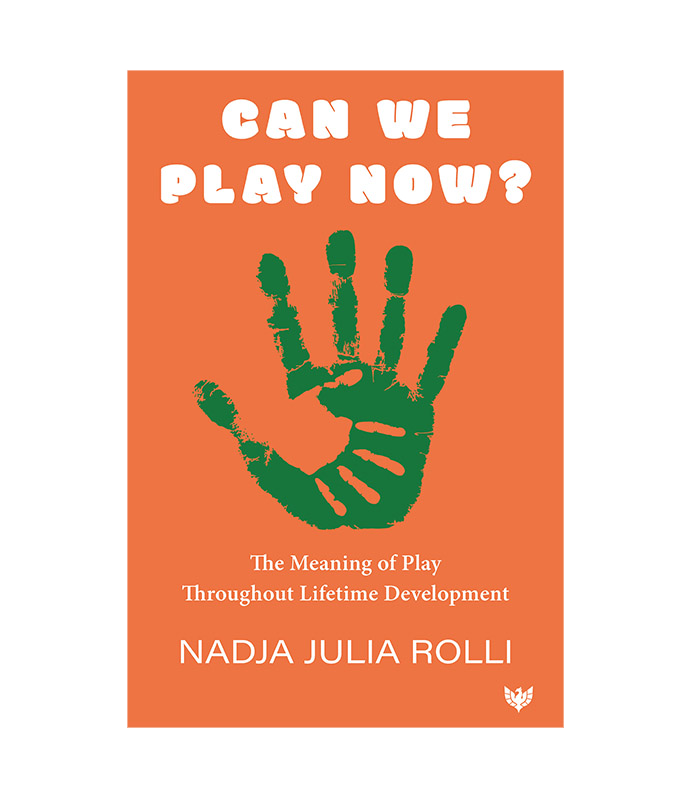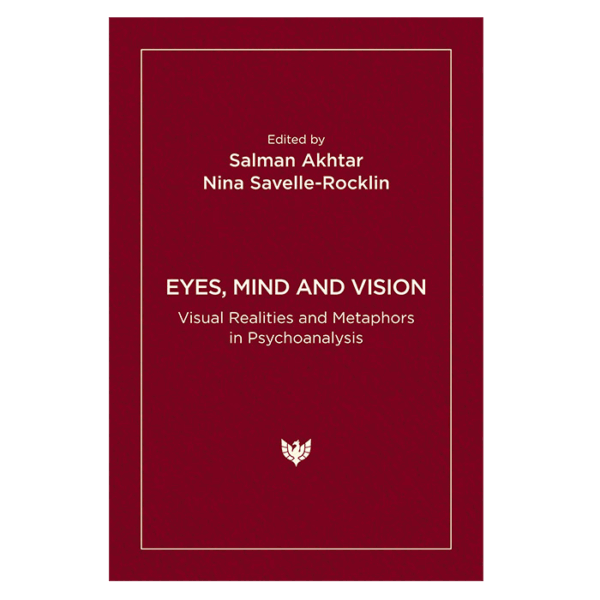Play comes in many forms, such as solitary play, imaginary play, social play, construction play, and many more. To understand the evolution of play, Can We Play Now? introduces five forms of play: sensory play, attachment play, construction play, fantasy play, and competitive play. It then links these five forms of play with Maslow’s well-known hierarchy of needs. This allows the use of a common language to gain evidence-based insight into the physical and emotional development of a human being. In this way, play becomes a roadmap to understanding the emotional world and identity formation of a child, young person, or adult, and addresses the specific needs of each developmental stage. The book also discusses how socioeconomic and cultural influences, such as the use of technology, social media, loss, developmental trauma, intergenerational trauma, and the Covid-19 pandemic, are impacting young people in the context of play development.
Can We Play Now? aims to bring a unique contribution to the field of child and adolescent psychotherapy that links key theoretical influences on the role of play within developmental milestones. It aligns findings from neuroscience, object relations, and psychodynamic theories with the various stages and challenges of emotional growth from childhood to adulthood. Clinical examples are integrated to bring the theoretical background of each chapter to life, showing the effectiveness of this approach. The ability to share these insights with child psychotherapists and other professionals who work with children, as well as parents, facilitates the creation of the best environment possible for each child to face the challenges of today’s world. It is also ideal reading for adult psychotherapists who want to understand the continuing importance of play in their clients’ lives.






Reviews
There are no reviews yet.